Free Online “Neuro”-Courses
This course will examine the ethical, legal and social issues raised by neuroscience. Topics will include the implications of new knowledge of the brain for our understanding of selfhood, for the meaning of privacy, for the distinction between therapy and enhancement, and for national security.
Next session: January 2013
Workload: 8-10 hours/week
About the course
“Perhaps a man really dies when his brain stops, when he loses the power to take in a new idea.” –George Orwell
Neuroethics might well be the most rapidly growing area within bioethics; indeed, in some respects neuroethics has grown as an independent field, with its own journals, professional society and institutional centers. This growth over the past decade is partly attributable to the growth of neuroscience itself and to the challenging philosophical and moral questions it inherently raises. A 2012 Royal Society report observes that “(a)n increasingly mechanistic understanding of the brain raises a host of ethical, legal, and social implications. This has laid the foundation for the emergent field of Neuroethics, which examines ethical issues governing the conceptual and practical developments of neuroscience. Irrespective of their validity, even the claims that modern neuroscience entails the re-examination of complex and sensitive topics like free will, consciousness, identity, and responsibility raises significant ethical issues. As such, neuroethics asks questions that extend beyond the usual umbrella of biomedical ethics.” This course will, therefore, consider the new knowledge and ways of learning about the brain from scientific and ethico-legal and social standpoints. We will examine the core themes of neuroethics, including cognitive enhancement, the nature of the self and personhood, neuroimaging and privacy, and the ways that all these themes are brought together in matters affecting national security.
 About the Instructor
About the Instructor
Jonathan D. Moreno, Ph.D. is the David and Lyn Silfen University Professor of Ethics at the University of Pennsylvania, where he is also Professor of Medical Ethics and Health Policy, of History and Sociology of Science, and of Philosophy. Moreno is a Senior Fellow at the Center for American Progress in Washington, DC, where he edits the magazine Science Progress (www.scienceprogress.org). His most recent book, The Body Politic: The Battle Over Science in America, was named a “Best Book” of 2011 by Kirkus Reviews. He is also the author of Mind Wars: Brain Research and the Military in the 21st Century. The American Journal of Bioethics has called him “the most interesting bioethicist of our time.”
Moreno is an elected member of the Institute of Medicine of the National Academy of Sciences and is a National Associate of the National Research Council. He has served as a member of President Barack Obama’s transition team, has been a senior staff member for three presidential advisory commissions and has given invited testimony for both houses of congress. Nominated by the U.S. government, Moreno is a member of the UNESCO International Bioethics Commission. He was an Andrew W. Mellon post-doctoral fellow, holds an honorary doctorate from Hofstra University, and is a recipient of the Benjamin Rush Medal from the College of William and Mary Law School and the Dr. Jean Mayer Award for Global Citizenship from Tufts University. Moreno is a frequent contributor to the Huffington Post, Psychology Today, and other major media.
Moreno has served as an adviser to many non-governmental organizations, including the Howard Hughes Medical Institute and the Bill and Melinda Gates Foundation Bioethics Advisory Board for Grand Challenges in Global Health Initiative, Beijing, China. He is a member of the Governing Board of the International Neuroethics Society, and is a Faculty Affiliate of the Kennedy Institute of Ethics at Georgetown University, a Fellow of the Hastings Center, and a past president of the American Society for Bioethics and Humanities. He advises various science, health, and national security agencies.
Who Should Take this Course?
Anyone with an interest in the ethical, legal and social implications of neuroscience should take this course. No background in philosophy, ethics, or neuroscience is presupposed.
2. SYNAPSES, NEURONS AND BRAINS (Idan Segev) – Biology & Life Sciences
![]()
You will become intimately acquainted with the operational principles of the neuronal “life-ware” – synapses, neurons and the networks that they form, and with recent ideas on how the dynamics of these networks generates the “neuronal code”. As an aperitif we will highlight present brain-excitements and for the dessert we will discuss the future of brain research.
Next session: To be announced
 About the course
About the course
Probably the greatest challenge of the “21st century of the brain” is to understand how subcellular and cellular neuronal processes give rise to behavior – movement, perception, emotions, memory and creativity. This course will discuss, step-by-step, how modern molecular, optical, electrical, anatomical and theoretical methods have provided fascinating insights into the operation of the elementary building blocks of brains and, most importantly, how neuronal mechanisms underlie memory and learning processes. We will next discuss why computer simulations are so essential for understanding both the neuronal “life ware” as well as the emergence of networks dynamics, e.g., as in the “Blue Brain Project”.
The course will start by highlighting a few recent brain-excitements, including treating the sick brain via electrical stimulating, recent attempts at “reading the brain code” for brain-machine interface, new neuro-anatomical techniques (“Brainbow”, “connectomics”) and physiological methods (“optogenetics”) which enables one to record/activate the living behaving brain at the single cell resolution. We will end by discussing emerging frontiers in brain research, including the interaction between brain research and the Arts. Some of the lectures will be given by researchers-friends of the principal instructor.
About the instructor
Prof. Idan Segev is the David & Inez Myers Professor in Computational Neuroscience and former director of the Interdisciplinary Center for Neural Computation (ICNC) at the Hebrew University of Jerusalem, where he received his B.Sc. in Math and Ph.D. in experimental and theoretical neurobiology. His work is published in the top journal such as Science, Nature, PNAS and he received several awards including “best teacher” in international brain-courses. His research team utilizes computational and theoretical tools to study how neurons, the elementary microchips of the brain, compute and dynamically adapt to our ever-changing environment. In recent years, his group worked jointly with several experimental groups worldwide in an endeavor to model a whole piece of the mammalian cortex with the ultimate goal to unravel how local fine variations within the cortical network underlie specific behavioral function and may give rise to certain brain diseases or to a healthy and “individual” brains. Idan Segev takes a keen interest in the connection between art and the brain and recently co-edited an “Artists” book with original etchings by ten top Israeli artists prompted by an encounter with ICNC researchers.
No background is required.
Suggested reading: From Neuron to Brain John G. Nicholls et al., Fifth Edition Sinauer Associates, Inc (2011).
Course format: The class consists of 9 weeks; each with a 90 mins. Lecture parceled into 8 – 12 minutes videos. Each lecture ends by a 10 integrated questions. The final exam is part of the course.
3. MACHINE LEARNING (Pedro Domingos) – Statistics, Data Analysis, and Scientific Computing, Computer Science: Artificial Intelligence, Robotics, Vision
Next session: To be announced
Workload: 5-7 hours/week
About the course:
Not exactly a “neuro”-course, but machine learning algorithms can figure out how to perform important tasks by generalizing from examples. This is often feasible and cost-effective when manual programming is not. Machine learning (also known as data mining, pattern recognition and predictive analytics) is used widely in business, industry, science and government, and there is a great shortage of experts in it. If you pick up a machine learning textbook you may find it forbiddingly mathematical, but in this class you will learn that the key ideas and algorithms are in fact quite intuitive. And powerful!
 Most of the class will be devoted to supervised learning (in other words, learning in which a teacher provides the learner with the correct answers at training time). This is the most mature and widely used type of machine learning. We will cover the main supervised learning techniques, including decision trees, rules, instances, Bayesian techniques, neural networks, model ensembles, and support vector machines. We will also touch on learning theory with an emphasis on its practical uses. Finally, we will cover the two main classes of unsupervised learning methods: clustering and dimensionality reduction. Throughout the class there will be an emphasis not just on individual algorithms but on ideas that cut across them and tips for making them work.
Most of the class will be devoted to supervised learning (in other words, learning in which a teacher provides the learner with the correct answers at training time). This is the most mature and widely used type of machine learning. We will cover the main supervised learning techniques, including decision trees, rules, instances, Bayesian techniques, neural networks, model ensembles, and support vector machines. We will also touch on learning theory with an emphasis on its practical uses. Finally, we will cover the two main classes of unsupervised learning methods: clustering and dimensionality reduction. Throughout the class there will be an emphasis not just on individual algorithms but on ideas that cut across them and tips for making them work.
In the class projects you will build your own implementations of machine learning algorithms and apply them to problems like spam filtering, clickstream mining, recommender systems, and computational biology. This will get you as close to becoming a machine learning expert as you can in ten weeks!
 About the instructor
About the instructor
Pedro Domingos is Professor of Computer Science and Engineering at the University of Washington. His machine learning class is consistently ranked by students as one of the best in UW’s College of Engineering. He also teaches artificial intelligence, statistical models for computer scientists, and foundations of computing. He is a leading machine learning researcher, with over 200 publications on topics ranging from data stream mining and unifying probability with logic to applications like information integration and monetizing social networks. He was program co-chair of KDD-2003, the leading data mining conference, and a co-founder of the International Machine Learning Society. He is a AAAI Fellow and has won numerous awards, including a Fulbright Fellowship, a Sloan Fellowship, and an NSF CAREER Award, as well as best paper awards at several conferences.
Course Syllabus
Week One: Basic concepts in machine learning.
Week Two: Decision tree induction.
Week Three: Learning sets of rules and logic programs.
Week Four: Instance-based learning.
Week Five: Statistical learning.
Week Six: Neural networks.
Week Seven: Model ensembles.
Week Eight: Learning theory.
Week Nine: Support vector machines.
Week Ten: Clustering and dimensionality reduction.
Recommended background
The main prerequisite for this class is basic knowledge of programming. Some previous exposure to probability, statistics, linear algebra, calculus and/or logic is useful but not essential.
Suggested readings
The class is self-contained, but a good complement to it is the book Machine Learning, by Tom Mitchell, published by McGraw-Hill. This covers most but not all of the topics in the class. The remaining topics can be found in Pattern Classification (second edition), by Duda, Hart and Stork (Wiley), and other textbooks.
Course format
The class will consist of a series of lecture videos, typically 5 to 15 minutes in length. Each video contains a few integrated quiz questions. There will also be standalone homeworks that are not part of video lectures, programming assignments, and a final exam. You will need access to a computer with a compiler/environment for the programming language of your choice.
What is the coolest thing I’ll learn if I take this class?
Machine learning is the scientific method on steroids. It follows the same process of generating, testing, and discarding or refining hypotheses. But, while a scientist may spend her whole life coming up with and testing a few hundred hypotheses, a machine learning system can do the same in a fraction of a second.
4. BASIC BEHAVIORAL NEUROLOGY (Roy Hamilton, MD) – Medicine, Biology & Life Sciences

This course will survey fundamental principles of cognitive and behavioral neurology. The emphasis of the course will be on the neural mechanisms underlying aspects of cognition and on diseases that affect intellect and behavior. No prior background in neurology, medicine, or neuroscience is required.
Next session: To be announced (4 weeks long)
About the course
This course will cover content on basic behavioral neurology, including an overview of cognitive localization in the brain; the neural basis of language processing; executive function and decision-making; how the brain sees; how the brain represents the body, numbers, and space; an introduction to dementia (i.e. when is some forgetfulness too much?); and an introduction to cool tools for studying thinking (fMRI, TMS, tDCS, MEG, EEG).
About the instructor
Dr. Roy Hamilton is an Assistant Professor of Neurology at the Perelman School of Medicine of the University of Pennsylvania. He is an expert in cognitive and behavioral neurology and in cognitive rehabilitation after stroke. His research involves the use of transcranial magnetic stimulation (TMS) and transcranial direct current stimulation (tDCS) as tools for facilitating recovery of language ability and other cognitive functions after stroke.
Dr. Hamilton is the director of the Laboratory for Cognition and Neural Stimulation and is the co-director for the Clinical Neurosciences Training program, a multidisciplinary educational program for students at the Perelman School of Medicine that integrates neurology, neurosurgery, psychiatry, and other clinical specialties that focus on clinical and translational neuroscience.
Dr. Hamilton has won many teaching awards, including the Penn Pearls Teaching Award (2005) and the Steven L. Galetta Teaching Award (2005). He also takes an active role in community service and won the 2011 American Medical Association Young Physicians Section Community Service Award.
5. MEDICAL NEUROSCIENCE (Leonard E. White) – Medicine, Biology & Life Sciences
![]()
Explore the structure and function of the human central nervous system. Learn why knowledge of human neuroanatomy, neurophysiology, neural plasticity, and new discovery in the brain sciences matters for clinical practice.
Next session: Mar 25th 2013 (8 weeks long)
Workload: 16-20 hours/week
About the course
Medical Neuroscience explores the organization and physiology of the human central nervous system. This course is designed for first-year students in graduate-level health professions programs. It builds upon knowledge acquired in prior studies of cellular and molecular biology, general physiology, and gross human anatomy. The course provides students an understanding of the essential principles of neurological function, from cellular and molecular mechanisms of neural signaling and plasticity to the organization and function of sensory and motor systems. This course emphasizes the neural and vascular anatomy of the human brain and spinal cord, providing an anatomical framework for localizing lesions within the central nervous system. It also emphasizes the neurobiological foundation for understanding mental illness and disorders of human behavior.
White came to Duke University in 1992 after completing a Ph.D. in neural biology at Washington University in St. Louis. After pursuing postdoctoral studies in the Department of Neurobiology at Duke University School of Medicine, he joined the faculty of the Doctor of Physical Therapy program in 1999, where he developed and continues to teach foundational coursework in neuroscience and functional neuroanatomy. In 2008, he joined the Duke Institute for Brain Sciences, where he serves as director of education. White helped implement and now supports Undergraduate Studies in Neuroscience at Duke University.
White is the recipient of the Excellence in Teaching Award from physical therapy students, the Golden Apple Award from medical students, and the Master Clinician/Teacher Award from the Duke University School of Medicine.



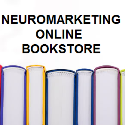
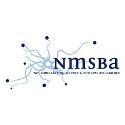

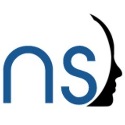







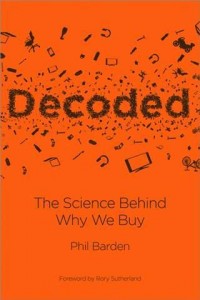

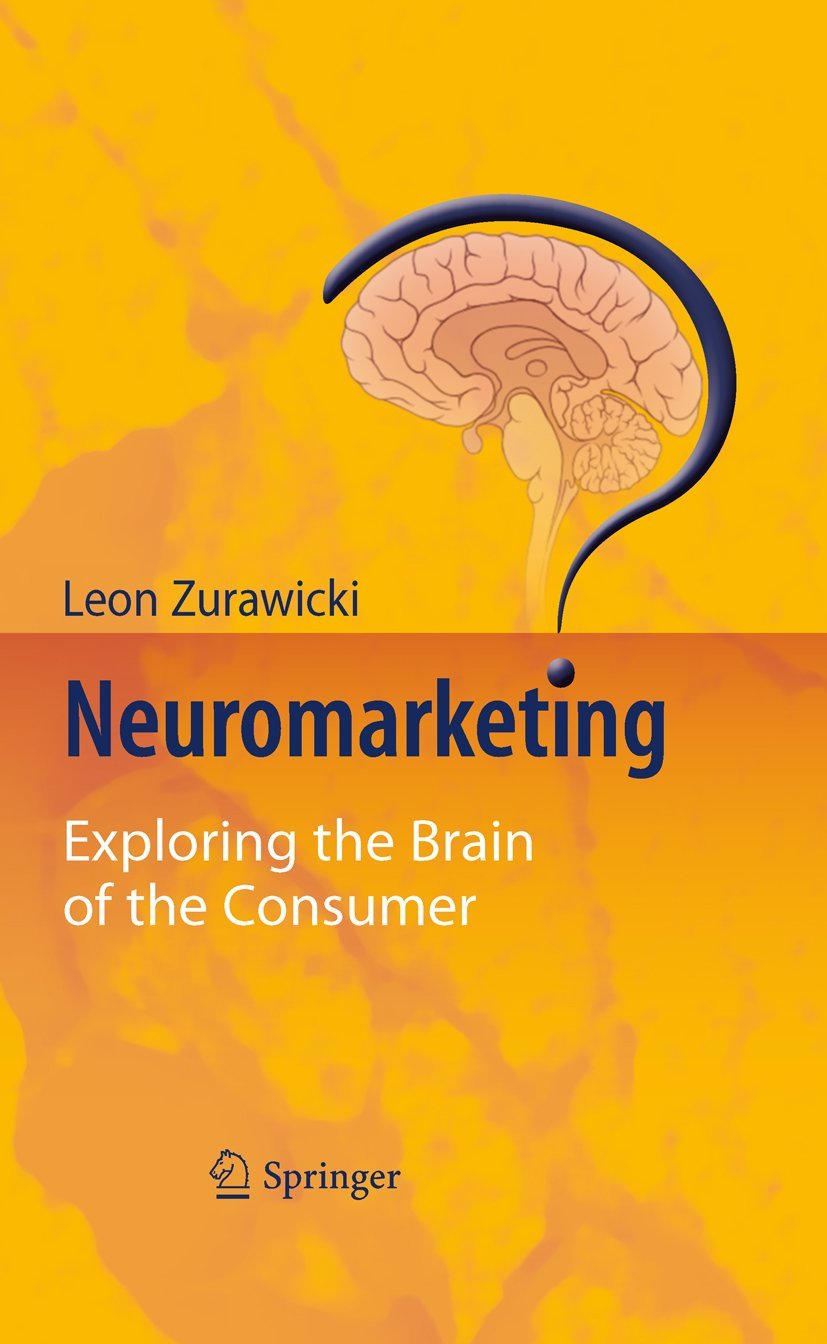




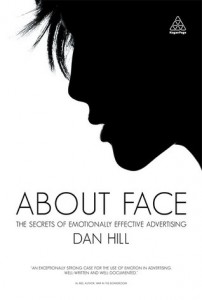


[…] Free Online "Neuro"-Courses. Share this:EmailPrintDiggFacebookRedditLinkedInStumbleUponTwitterTumblrLike this:LikeBe the first to like this. By george sand • Posted in Fără categorie 0 […]